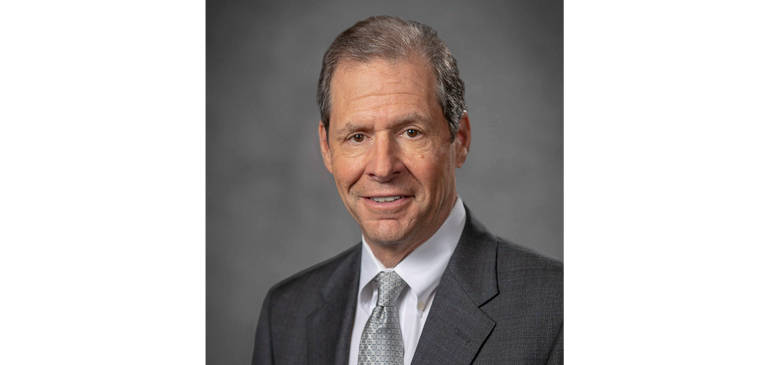As we have come to know, balance billing, also called surprise billing, is the practice of healthcare providers invoicing a patient for the difference between the total cost of services being charged and the amount that insurance might pay. Surprise bills typically arise in two situations: emergencies (when patients typically have little or no say in where and from whom they receive care, e.g., facility is in-network but providers are not) and interactions with ancillary providers who are not in-network and whom the patient does not typically choose. In many cases, this occurs when insurance carrier networks are limited and the providing physician is out of network.
The No Surprises Act
Surprise billing was brought to the attention of federal legislators because of affordability concerns for many families. Two in three adults say they worry about unexpected medical bills.1 Among privately insured patients, an estimated one in five emergency claims and one in six in-network hospitalizations include at least one out-of-network bill.2 Balance billing on surprise medical bills can reach hundreds or even thousands of dollars. Notably, Medicare and Medicaid prohibit balance billing.
In the closing days of 2020, and after two years of extensive debate and compromise, Congress provided new protections for patients against surprise billing as part of omnibus legislation. All parties supported getting the patients out of the middle of disagreements between insurers and providers about appropriate payment amounts. The No Surprises Act (NSA) was signed by the president and went into effect Jan. 1, 2022.
Several states have already enacted similar legislation. State surprise medical bill laws are not preempted unless they prevent the application of federal law.
Payment Issues
Prior to the passage of the NSA, two general methods were debated for how to reach a reasonable payment amount for surprise billing.
The final compromise negotiated in the NSA protects patients from being required to pay surprise bills and being in the middle of disputes when the billing provider and insurer disagree on an appropriate payment amount. In those cases, the provider and insurance plan have a 30-day period to negotiate a payment amount if the initial interim payment is not sufficient. After the initial 30-day period, the NSA’s federal independent dispute resolution (IDR) system allows the billing provider and the insurance plan to access a dispute resolution process where the arbitrator “shall” consider multiple components before determining a final payment amount.3 The legislation made it clear that the plan-calculated Qualifying Payment Amount (QPA) was to be just one of those components considered.
Despite the lengthy Congressional negotiations regarding the IDR section of the NSA to ensure the arbitrator “shall” consider multiple factors when determining an appropriate out-of-network rate, the U.S. Departments of Labor, Treasury, and Health and Human Services included the following language in the published Interim Final Rules (IFR): The arbitrator “must begin with the presumption that the QPA is the appropriate out-of-network rate for the qualified IDR item or service under consideration. These interim final rules further provide that the certified IDR entity must select the offer closest to the QPA, unless the certified IDR entity determines that credible information submitted by either party clearly demonstrates that the QPA is materially different from the appropriate out-of-network rate.”
Current State
Unfortunately, the regulatory agencies and the White House got this wrong. The determination of the QPA as the primary consideration is distinctly contrary to the final legislative intent and specifically to the final language of the NSA. As misinterpreted in the IFR, the regulation will empower insurers to drastically cut reimbursement (and thus the median in-network rate), narrow medical networks, and restrict patient access. Reduction in access can result in longer wait times, delays in care, and delays in diagnosis — particularly in underserved and rural areas. Another critical consequence will be increases in out-of-pocket costs for patients when they are most vulnerable.
We are already seeing the consequences of the IFR. At least one insurer has sent notices to reduce payment schedules, trim its network, and limit imaging access for patients.5
Despite the ACR’s comments regarding the IFR, there has been no satisfactory response. With the impending implementation of the NSA, the ACR chose to take decisive action to protect our members and patients. Along with the American College of Emergency Physicians and the American Society of Anesthesiologists, the ACR filed a lawsuit to block the inaccurate parts of the regulatory mandate. Importantly, the lawsuit does not challenge those parts of the legislation that protect patients during out-of-network payment disputes. While the AMA and American Hospital Association have also filed suit, independent action by our three societies was the best recourse.
We are all still recovering from the COVID-19 pandemic. Now is not the time to punish physician providers and empower insurers who have registered record profits. Medical imaging is not driving medical costs. In fact, the trend in recent years has shown decreasing costs. Instead, health insurers’ net incomes and profit margins have grown every year since 2015. Insurers pocketed record profits in 2020 — even as their costs dropped.6 Most importantly, insurance premiums continue to rise, along with insurance company revenue.7
We are physicians and trusted providers for our patients. We will continue to stand for securing equitable access to vital medical imaging for our patients. We want to thank the entire community of radiology and, most importantly, our patients for their continued support as we fight for patient protections in the NSA.

